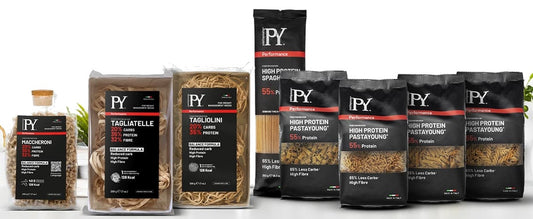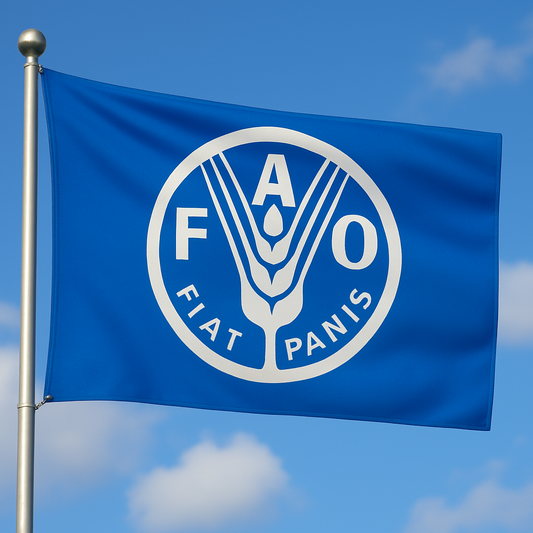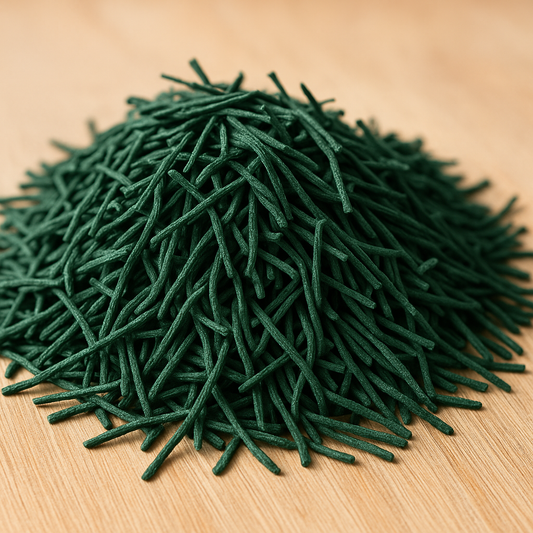
Cricket Breeding: Everything You Need to Know
Share
Cricket Breeding: Everything You Need to Know
After being regarded for a long time as an essential food source for amphibians, reptiles and other animals, crickets, as well as many other insects, are beginning to be present in the human diet as well.
In recent years we have witnessed the emergence of the first local cricket farms, by start-ups and small forward-thinking companies that strongly support the contribution that insects can provide to our diet, but also the contribution that this type of production could give to the economy and, above all, to the environment. But there are also those who have tried to start a DIY cricket farm, within the walls of their homes. There are many reasons for doing this: one can, in fact, simply be curious and/or passionate, or want to self-produce food for one's family of frogs. But nothing detracts from the fact that the ultimate goal behind a domestic cricket breeding is for people to be able to try their hand at cooking delicious dishes based on novel food products.
But what is involved in raising and caring for a colony of crickets at home? Is it complicated to manage a cricket farm? The answer is no, it is anything but difficult, you just need to pay the required attention.
Breeding crickets at home, how to do it?
Before starting to breed crickets at home, it is necessary to consider some elements and take some simple precautions.
Let's start with the basics. First of all, the space you need to reserve for the animals should be neither too small nor too crowded. Ideally, each cricket should have at least 2.5 cm².
Breeding should not be carried out near artificial light sources: it seems, in fact, that crickets prefer natural light for the hatching of their eggs.
Special attention should also be paid to the temperature of the habitat: in order to preserve the health of insects, it should be around 30 degrees and should never exceed 35, with a humidity rate not exceeding 50%.
Having completed these first steps, let's find out what you need to know and what is materially needed to start breeding.

Which crickets should be bred?
In the breeding of crickets intended for human or animal consumption, different species are used. While in the past the most common species was the Acheta domesticus, nowadays Gryllus Bimaculatus, Gryllodes Sigillatus and Acheta Assimilis are often reared. This species, in particular, includes larger specimens, characterized by a calmer disposition (which therefore tend to escape less from containers) and with a much less noisy (and annoying) chirping than the others.
The necessary tools
What objects must be obtained to build an environment that is as comfortable as possible for our domestic cricket breeding and can thus encourage the reproduction of the small animals? Let's start with the base on which the cage or the container that will house our crickets should rest. The ideal solution is to build a floor made up of rough materials. That could mean be a layer of pellets, sand or wood shavings, all products easily found in DIY stores. The important thing is that it is an odorless, neutral-colored base, created with non-toxic components and of small size. It will be used so that the crickets feel they are moving on a sort of soil, similar to the one they would have in nature.
Let's move on to the container in which the farm will grow. As already mentioned, the box will have to be quite spacious, especially if the cricket colony we intend to create is quite large. This is to ensure that our insects are comfortable and to avoid the risk of fatal injuries or cannibalism.
We can opt for the classic plastic container we use to change the closets, or the so-called "fauna boxes", available in different formats and sizes in all specialized stores, including portals and online retailers. If you don't use a fauna box, but rather any type of plastic box, remember to pierce the walls in order to allow air to pass through (being careful not to make the holes too wide).

Once the container has been prepared to host our cricket colony, what should be put inside it? It will be necessary to fill it with small boxes made of lightweight material (such as cardboard or aluminum), with an unfertilized soil base. Inside these small boxes, crickets can take refuge to reproduce and lay their eggs.
Water is very important: crickets are great drinkers and can survive for two days at the most without drinking. Therefore, it will be necessary to equip the container with drinking troughs similar to those found in bird cages. The important thing is not to put tubs or small basins full of water, in order to avoid drownings. For the same reason, troughs should have a very limited space for water access and possibly covered with cotton, absorbent cotton or other easily permeable material from which crickets can draw their water resources.
As in the case of canaries, crickets need to be kept clean. Periodically, in fact, it is necessary to remove feces and food residues from the small boxes inside the container and try to clean the bottom and the walls of the container as much as possible. All this should be done in such a way that the crickets do not escape in the meantime.
Cricket reproduction
How to distinguish a male cricket from a female one? An excellent distinguishing mark are the wings and the organ useful for laying eggs. The female, in fact, has larger wings than those of the male and, in addition, at the bottom of the abdomen, in the central part, has a long and quite obvious appendage: the egg-laying organ. Crickets live for about two and a half months. During their life they reach three different stages: egg, the neanic stage, and adult. When they reach maturity, crickets begin to reproduce, and females lay eggs: during their life they can lay up to several thousand (and a maximum of one hundred per day). The eggs hatch can in a period of time that varies between two weeks and forty days, depending on the temperature of the environment. The higher this is, the faster the eggs will hatch. When breeding, we will have to check that the females are laying regularly: if they are, we will have to replace the box where the eggs are with an empty one. The eggs must be protected and kept away from adults while waiting for them to hatch.
As soon as they are hatched, the neanids are about 1 mm long, even if they grow quickly and reach up to 12 molts. For the first few weeks of life, they, like the eggs, should be kept in an isolated box, separate from the adult crickets and should be fed separately. After 8 weeks, the newborns can be considered adults and their size will vary between 20 and 30 mm, depending on the species.

What do farmed crickets eat?
What foods should we put inside the container that houses our cricket farm? In order for the insects to feed in the most natural and correct way possible, it would be ideal be to provide hay, which is one of their favorite foods. If hay is not available, you can give them vegetable pellets (similar to those intended for rabbits and rodents). But this is not enough: they also need cereals, such as oats. However, it is also good to provide crickets with protein (such as cat or dog food) and vitamins. Fruit is very important for the hydration of these animals, but care must be taken not to choose fruits that are too juicy for feeding newborns. For adults, apple slices and orange wedges will be more than fine. You can also give them herbs such as dandelions, but you should avoid lettuce and other fresh vegetables. When putting pieces of fruit and vegetables inside the farm, however, you must also remember to replace them and remove the residues frequently to prevent mold from forming over time. And then, we must reiterate, it is necessary to ensure that crickets drink regularly by providing them with water, an essential element to avoid forms of cannibalism and death by dehydration (which can happen, especially during periods of high temperatures).




